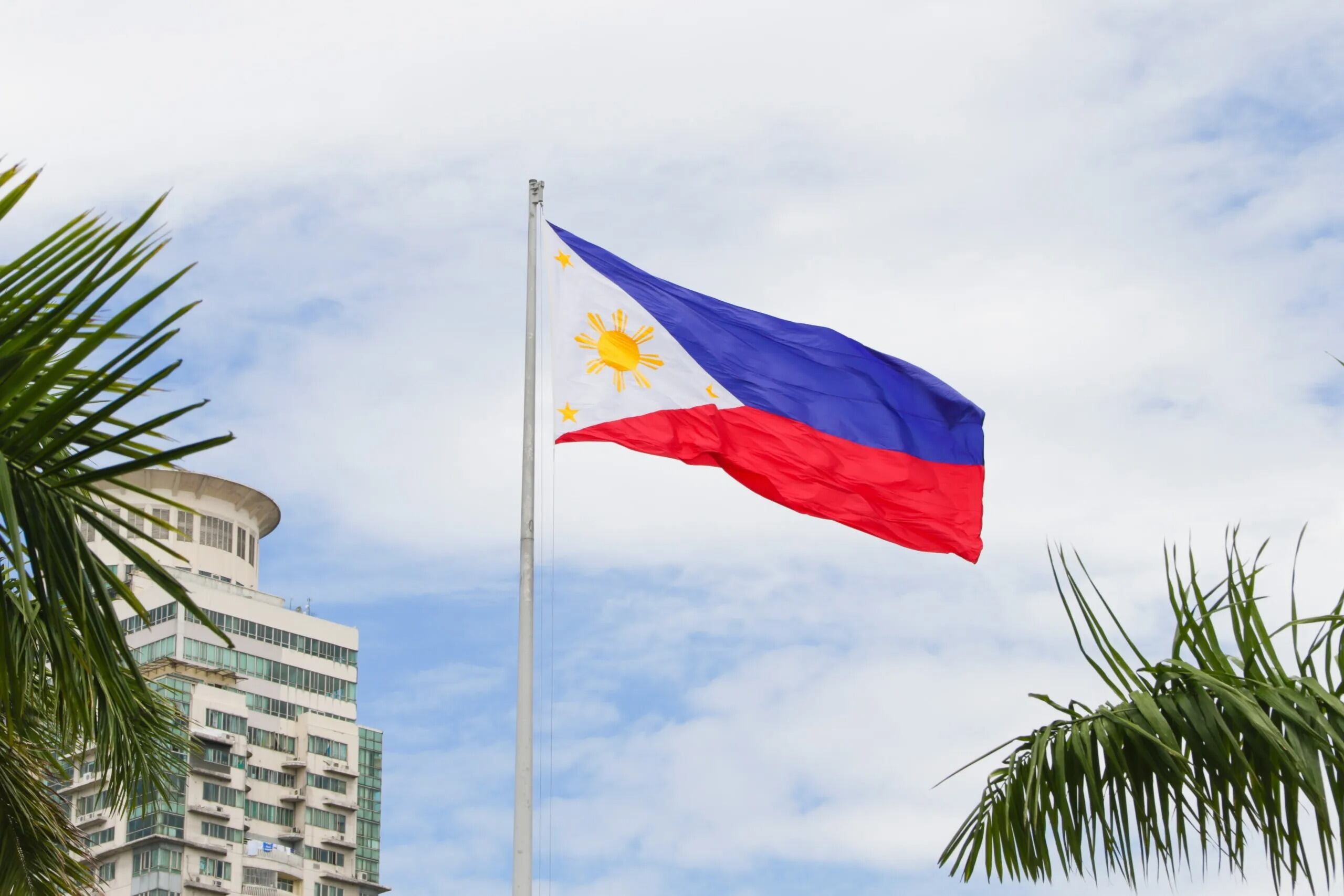The Hidden Meanings Behind The Philippine Flag

Ever wondered what the Philippine flag truly represents? This iconic symbol holds deep meanings that reflect the country's rich history and culture. The blue stripe stands for peace, truth, and justice, while the red stripe symbolizes patriotism and valor. The white triangle represents equality and fraternity. Inside the triangle, the golden sun with its eight rays signifies the first eight provinces that revolted against Spanish rule. The three stars represent the three main geographical regions: Luzon, Visayas, and Mindanao. Each element of the flag tells a story of bravery, unity, and hope. Understanding these symbols helps appreciate the nation's journey and aspirations.
The Sun and Its Rays
The Philippine flag features a golden sun with eight rays. Each ray holds a special meaning, representing the first eight provinces that revolted against Spanish rule. These provinces are celebrated for their bravery and contribution to the country's independence.
Manila: The capital city, Manila, played a crucial role in the Philippine Revolution. It was the center of political and economic activities during the Spanish colonization.
Cavite: Known for the Battle of Cavite, this province was a significant site of resistance against Spanish forces. Caviteños are remembered for their fierce fighting spirit.
Batangas: Batangas was another hotbed of revolutionary activities. Its people were among the first to rise against Spanish oppression.
Bulacan: Bulacan contributed significantly to the revolution with its active participation and support for the Katipunan, the revolutionary society.
Pampanga: Pampanga's strategic location made it a key player in the revolution. The province provided essential resources and manpower.
Nueva Ecija: Nueva Ecija's involvement in the revolution was marked by several uprisings and battles against Spanish forces.
Tarlac: Tarlac was a stronghold of revolutionary leaders and played a vital role in the fight for independence.
Laguna: Laguna, the birthplace of national hero José Rizal, was instrumental in the revolution. Rizal's writings inspired many to join the cause.
The Three Stars
The three stars on the Philippine flag symbolize the three main geographical regions of the country. Each star represents a group of islands that make up the nation.
Luzon: The largest and most populous island group, Luzon is home to the capital city, Manila. It is the political and economic hub of the Philippines.
Visayas: Known for its beautiful beaches and rich cultural heritage, the Visayas region is a vital part of the country's identity.
Mindanao: Mindanao, the second-largest island group, is known for its diverse culture and natural resources. It plays a significant role in the country's economy.
The Colors of the Flag
The colors of the Philippine flag are not just for aesthetics; they hold deep meanings and symbolize the country's values and history.
Blue: The blue field represents peace, truth, and justice. It signifies the Filipinos' desire for harmony and their commitment to upholding these values.
Red: The red field stands for patriotism and valor. It reflects the courage and bravery of those who fought for the country's freedom.
White: The white triangle symbolizes equality and fraternity. It represents the unity and solidarity of the Filipino people.
The White Triangle
The white triangle on the Philippine flag is an important element with its own unique symbolism. It represents the Katipunan, the secret society that spearheaded the revolution against Spanish rule.
Katipunan: The Katipunan was a revolutionary society founded by Andrés Bonifacio. Its members were dedicated to gaining independence from Spanish colonization.
Equality: The triangle also signifies equality among the people, emphasizing the importance of unity in achieving national goals.
Fraternity: Fraternity is another key value represented by the white triangle. It highlights the sense of brotherhood and mutual support among Filipinos.
Understanding the Philippine Flag
The Philippine flag is more than just a piece of cloth. Each element holds deep historical significance. The three stars represent Luzon, Visayas, and Mindanao, the country's main regions. The sun symbolizes freedom, democracy, and sovereignty. Its eight rays stand for the first eight provinces that fought against Spanish rule. The blue field signifies peace, truth, and justice, while the red field stands for patriotism and valor.
Knowing these meanings helps appreciate the flag's role in the nation's identity. It’s a reminder of the struggles and victories that shaped the Philippines. Next time you see the Philippine flag, remember the rich history and values it represents. This knowledge connects you more deeply to the country's past and its ongoing journey towards a brighter future.

